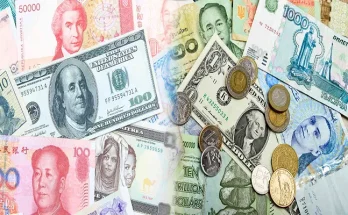Money serves as the lifeblood of modern economies, playing a pivotal role in both macroeconomics and microeconomics. Its influence extends from individual consumer decisions to the broader functioning of national economies. In this article, we explore the fundamental role of money in these two branches of economics, shedding light on its significance at both the micro and macro levels.
Microeconomics:
In microeconomics, the study of individual households, firms, and markets, money plays a multifaceted role in shaping economic behavior and outcomes.
- Medium of Exchange: At its core, money serves as a medium of exchange, facilitating transactions between buyers and sellers in a market-based economy. A functional medium of exchange allows for the smooth exchange of goods and services, enabling specialization, trade, and the efficient allocation of resources at the individual level.
- Unit of Account: Money provides a standard unit of account, allowing individuals and businesses to measure the value of goods, services, and assets in a common metric. This facilitates price comparisons, cost calculations, and the efficient allocation of resources within specific markets.
- Store of Value: Money acts as a store of value, enabling individuals to save purchasing power for future use. This function allows for intertemporal decision-making, as individuals can defer consumption or investment to future periods, knowing that the value of money will be relatively preserved.
- Impact on Individual Choices: The availability and accessibility of money influence individual choices regarding consumption, savings, investment, and labor supply. Changes in income, interest rates, and price levels can significantly impact the behavior of households and firms, shaping their economic decisions within specific markets.
Macroeconomics:
In macroeconomics, the study of broader economic aggregates such as national income, output, and aggregate demand and supply, money assumes a central role in shaping the overall performance of an economy.
- Liquidity and Money Supply: Macroeconomics focuses on the behavior of the overall money supply and its impact on liquidity within an economy. The availability of money, along with its velocity of circulation, influences price levels, inflation, and the overall health of an economy.
- Monetary Policy: Central to macroeconomic analysis is the role of monetary policy, which involves the management of money supply, interest rates, and credit conditions by central banks. Adjustments in monetary policy can impact aggregate demand, investment, and employment levels, making it a crucial tool for stabilizing economies and managing inflation.
- Impact on Economic Growth and Stability: The availability of credit and access to money influences the level of investment, technological innovation, and long-term economic growth. Macroeconomic theories often emphasize the role of money in determining the overall stability and growth trajectory of an economy.
- Exchange Rates and International Trade: Money plays a critical role in determining exchange rates and influencing international trade flows. Fluctuations in the value of a country’s currency can have significant impacts on its trade balance, capital flows, and overall macroeconomic stability.
Understanding the role of money in both microeconomics and macroeconomics provides valuable insights into how monetary factors influence economic decisions, market interactions, and the overall performance of economies. Whether at the individual level of consumer choices or the broader landscape of national economic policy, money stands as a fundamental force shaping the dynamics of modern economic systems.





